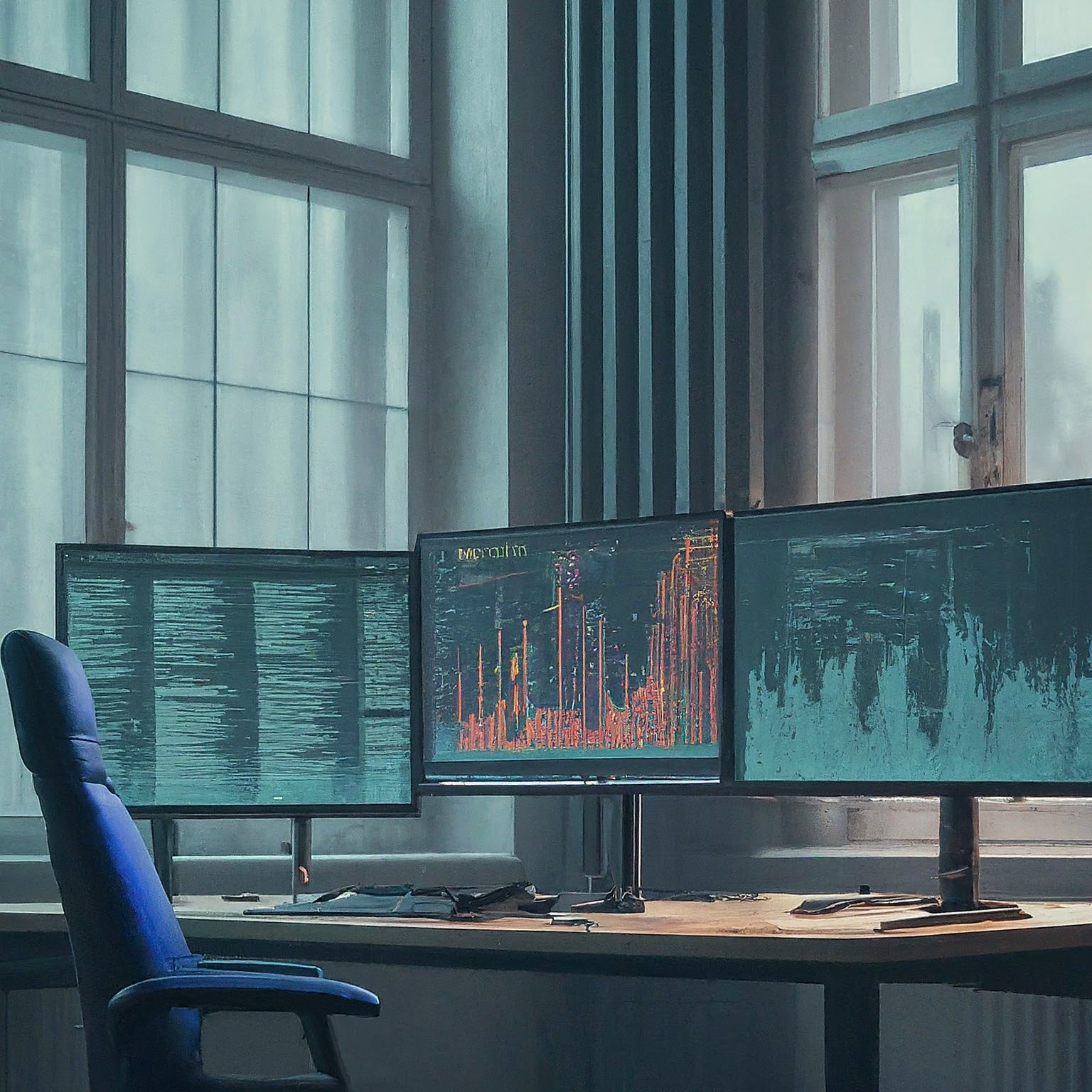Best RIP Software: A Complex Question
Determining the “best” RIP software often depends on specific needs, budget, and the type of printing you’re doing.
Understanding RIP Software
Before we dive into specific recommendations, let’s clarify what RIP software does:
- Raster Image Processor (RIP): Converts vector-based images (like those from Adobe Illustrator) into a format that your printer can understand (raster images).
- Color management: Ensures accurate color reproduction across different devices.
- Image processing: Optimizes images for printing, improving quality and efficiency.
- Printer control: Manages print settings, queuing, and other printer-related functions.
Key Factors to Consider
- Printer compatibility: Ensure the software supports your printer model.
- Features: Consider color management, nesting, tiling, proofing, and other essential functions.
- Cost: Evaluate pricing models (licensing, subscription, etc.) and overall value.
- Ease of use: A user-friendly interface can save time and reduce errors.
- Support: Reliable customer support is crucial for troubleshooting issues.
Popular RIP Software Options
While there’s no one-size-fits-all solution, here are some widely recognized options:
For Wide Format Printing
- ONYX Graphics: Known for its color management and performance.
- Caldera: Offers a range of features for various print applications.
- EFI Fiery: Closely integrated with many printers, providing excellent color control.
- EskoArtwork: Focuses on packaging and label printing.
For Screen Printing
- AccuRIP: Popular choice for screen printers, known for its accuracy and speed.
- Wasatch Software: Offers a wide range of features and customization options.
- UltraRIP: Focuses on color separation and halftone generation.
Recommendations Based on Your Needs
To provide more specific recommendations, please share details about:
- Type of printing: Wide format, screen printing, or other?
- Printer model: Specific make and model.
- Budget: Your financial constraints.
- Key features: What are your most important requirements?
Once I have this information, I can offer more tailored suggestions.
Would you like to share more details about your printing needs?
Additional Tips:
- Demo versions: Many software providers offer trial versions. Test different options to find the best fit.
- User reviews: Read online reviews and testimonials to get insights from other users.
- Color management: Invest in proper color calibration and profiling for accurate results.
To provide the most suitable RIP software recommendations, please specify the following:
- Type of printing: What are you primarily printing? (e.g., wide format, screen printing, digital textile, etc.)
- Printer model: What specific printer are you using or planning to use?
- Budget: What is your approximate budget for the RIP software?
- Key features: What specific features are essential for your workflow? (e.g., color management, nesting, tiling, proofing, variable data, etc.)
- Existing software: Do you currently use any design or prepress software?
Here’s an example of how you could provide this information:
- I’m primarily printing large format banners and posters.
- I have an Epson SureColor SC-F9400 printer.
- My budget is around $2,000 for the RIP software.
- I need strong color management, nesting capabilities, and the ability to handle high-resolution images.
- I currently use Adobe Illustrator and Photoshop.
The more detailed information you provide, the better I can assist you in finding the ideal RIP software solution.
Tags: Best Rip Software
